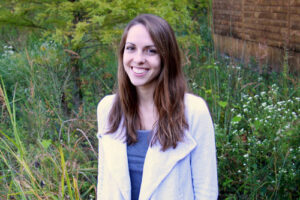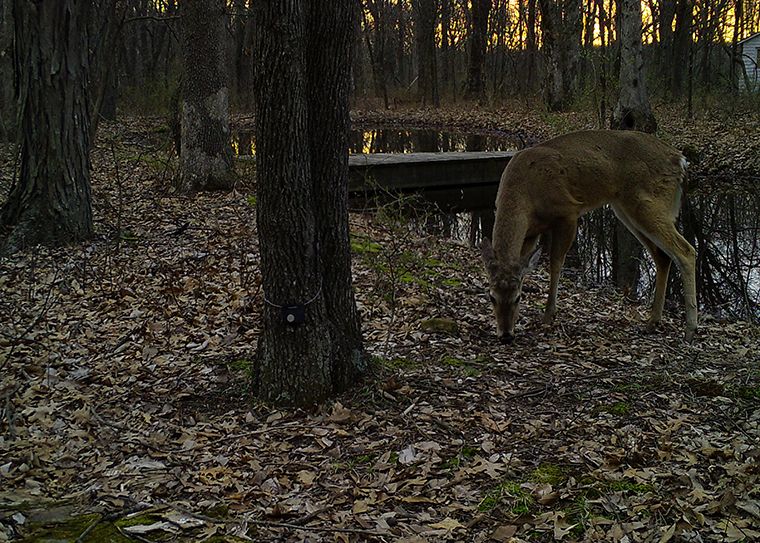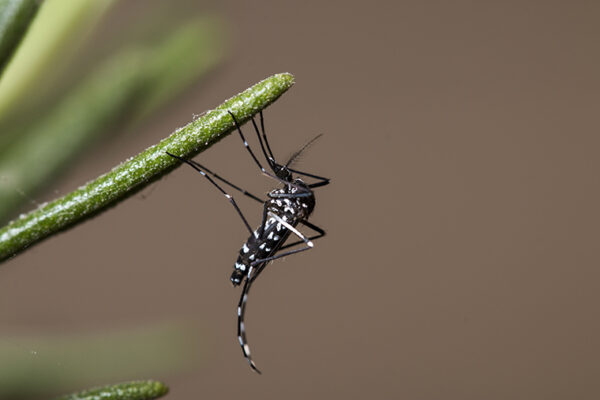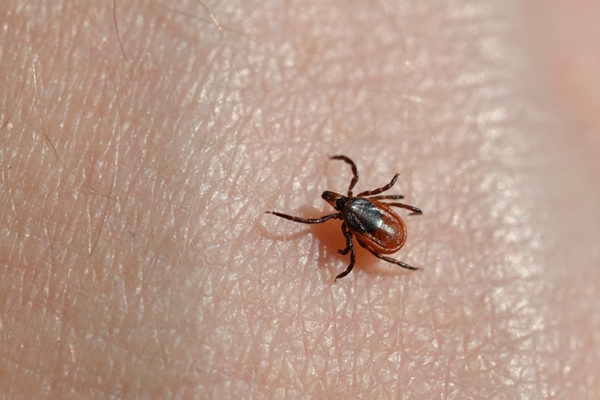Urban ecologists have proposed that income and biodiversity may be related, such that a so-called “luxury effect” may lead to more biodiversity in landscaped, affluent suburban neighborhoods.

New research, however, published in Global Change Biology, suggests that while there is an association between income and diversity of medium to large mammals, another factor is stronger: “urban intensity,” or the degree to which wild lands have been converted to densely populated, paved-over grey cities.
Washington University’s Solny Adalsteinsson, a staff scientist at Tyson Research Center and a lecturer in the environmental studies program in Arts & Sciences, is a co-author of the new study led by the University of Utah and joined by several other institutions.
Adalsteinsson helped form the St. Louis Wildlife Project as a partnership between biologists at the University of Health Sciences and Pharmacy in St. Louis and Tyson Research Center. Through this project, St. Louis serves as a partner city in the Urban Wildlife Information Network, an initiative based at the Lincoln Park Zoo in Chicago, whose purpose is to document and study urban wildlife around the world.
The researchers set up automatic trail cameras in the 20 cities, ranging from Phoenix to Edmonton, Alberta. The cameras watched for medium-to-large mammals (ranging in size from a squirrel to a moose) in locations between the urban core and the outskirts of each city between July 2016 and January 2020. In all, the researchers detected 45 species of mammals, although some were too rare to be included in the multi-city analysis.
The researchers correlated the number of species detected at a location with the location’s median income. Did they find evidence of the luxury effect? Kind of. Nine of the 20 cities showed a significant luxury effect, with St. Louis displaying the strongest correlation between biodiversity and income.
But urban intensity proved to be a much stronger correlation with mammal biodiversity. Urban intensity takes into account the amount of vegetation, amount of impervious land cover (i.e. concrete and asphalt, which doesn’t let water infiltrate into the soil) and population density.
Read the full news release from the University of Utah.



